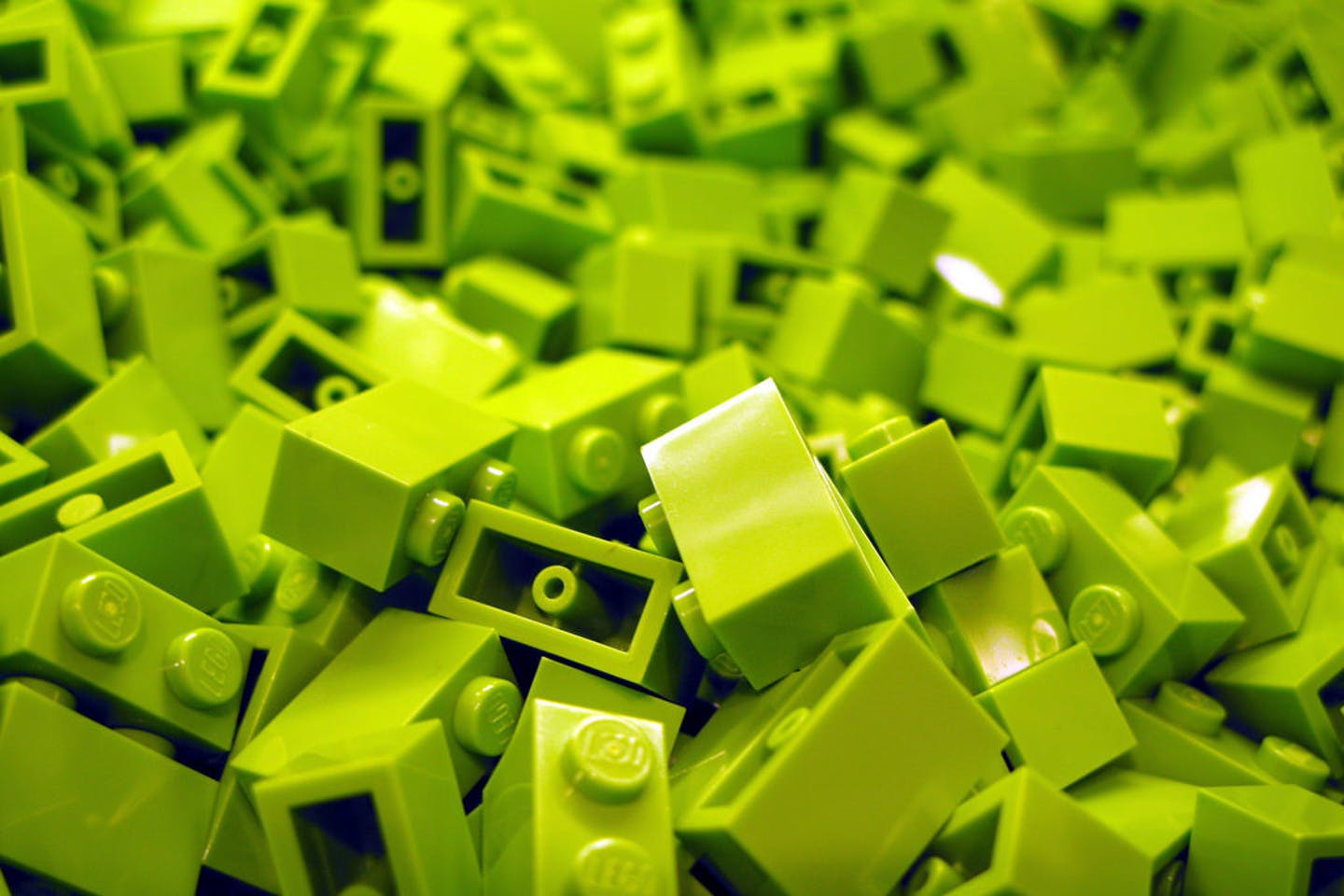Biodegradability and Legos: Why Biodegradable Single-Use Products are Important
Indulge us for a quick thought experiment. Imagine you have an hour of your day allocated to playtime with a small child. You have a nice pastel painted playroom and the toys of choice are Legos (Duplos if the child is very small as we don’t want any choking hazards in this thought experiment). Everyday you and the child select individual lego blocks from a big pile and build something, anything. At the end of playtime the child tires of the finished toy that you’ve built and it goes into a wicker basket. No matter, there are still plenty of lego blocks in the pile. The playtimes and the good times roll on and the pile of legos starts to get low. No matter, you as the responsible parent/ guardian/ babysitter, buy more legos. Pretty soon however, that wicker basket starts to overflow with tired, boring toys that are of no use to the child.
Let’s pause this sad thought experiment there. I’m sure many have picked up on the obvious parallel between the playroom and our society’s use of single-use products. One of the more subtle analogs however is that toys made from legos are not a bad comparison to biodegradable products in terms of their potential for reuse. It is obvious that a toy made from legos can be taken apart into individual blocks, which in turn can be used to build something new. The same is true with biodegradable products; the constituent components are the basic building blocks for not only new products but also life. Organic material is commonly broken down into CO2, salts and minerals, biomass, water.
Not only is the overflowing wicker basket (*cough* Landfill) unsightly but it is taking valuable resources and components away from the playroom and forcing us to buy more legos (or drill/mine/manufacture more resources). In our industry, the product happens to be gel packs and one of the biggest problems is that water, fresh water, is being taken out of our ecosystem and into landfill or is being chemically bound to materials that do not biodegrade. Unfortunately, one of the most common materials used in gel packs is the non-biodegradable Sodium Polyacrylate, which grabs onto water and holds on tightly all the way to landfill. Although there are some companies who claim biodegradability, upon closer inspection they are using cellulose derivatives that have been so chemically altered for enzymatic resistance that they are no better than the non-biodegradable materials.
To solve this issue we have developed a refrigerant gel that is Readily Biodegradable. “Readily” or “Ready” is an important distinction in the definitional use of the term biodegradability. Being Readily Biodegradable assigns the biodegradation process to a timeline, 28 days to be precise, where most of the organic matter must biodegrade after its been exposed to oxygen. Our Readily Biodegradable certification can be viewed here.
Assigning a timeline to biodegradability is important for two reasons.
- Many things are technically biodegradable over a long enough timeline. Many plastics are biodegradable if you have a few eons to wait around. Claiming a product is biodegradable without a timeline is akin to asking a weightlifter how much she or he bench presses and she or he responding, “I’m pretty strong.”
- Rapid biodegradability is important because once a product is thrown in the trash, there’s only a short window of time before the product gets to landfill. Due to the compaction and lack of oxygen, landfill is a very challenging environment for biodegradation. You can still clearly read 50 year old newspapers dug up from landfill. If it’s not biodegraded before landfill, it’s doomed.
As of today, Minus Works is the only gel pack manufacturer to have achieved the Readily Biodegradability standard. We hope others join us. The overflowing wicker basket is a poor example to set for our little playmates.

